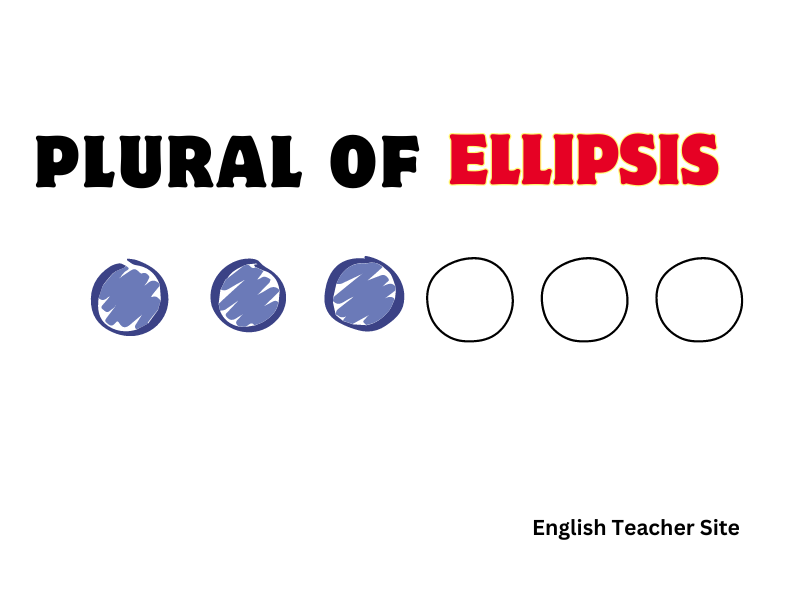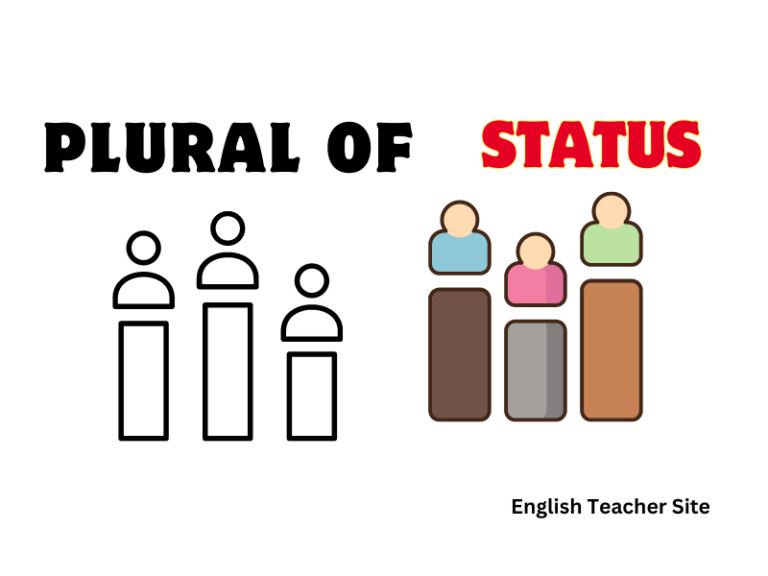What’s the Plural of Erratum: Understanding Publication Corrections

- Erratum is a term used to denote an error in a printed or written document.
- The correct plural form of erratum, stemming from Latin origin, is errata.
- Proper usage of erratum and errata reflects attention to detail and precision in language.
When encountering words borrowed from other languages such as Latin, the pluralization rules can differ from those in modern English. As an example, the term erratum is frequently found in academic, publishing, or literary contexts. It refers specifically to an error that is identified in a printed or written document. The plural of erratum is not formed by simply adding an “s” as in most English words, but follows a rule specific to its Latin origin.
What’s the Plural of Erratum?
The proper plural of erratum is errata, which signifies a list of corrections in a printed literary work. Errata capture the typographical mistakes or errors made during the writing or printing process which are then listed separately, often on a correction sheet or in a subsequent printing.
Here are two tables that illustrate the transformation from singular to plural for Latin-based nouns ending in -um, as well as examples of erratas in literature:
| Singular (Latin) | Plural (Latin) | Singular (English) | Plural (English) |
|---|---|---|---|
| erratum | errata | – | – |
| datum | data | piece of information | pieces of information |
| medium | media | means of communication | means of communication |
| Use in Literature | Example Sentence |
|---|---|
| Erratum on a correction sheet | This book contains an erratum listing the revisions. |
| Errata in a novel | The errata were documented at the end of the publication. |
Some key points to remember:
- “Erratum” refers to a single error, while “errata” encompasses multiple errors.
- Despite “errata” being plural, it may also be used as a non-count noun, implying a collection of mistakes as a whole.
- It is important to use erratum and errata accurately to maintain professionalism in scholarly and literary contexts.
What Does the Word Erratum Mean?
An erratum refers to a mistake in writing, typically found in printed materials such as books, articles, and documents. These errors can be typographical, grammatical, or factual in nature. They are often unintended slips that have made their way past editors and proofreaders.
The term “erratum” is derived from the classical Latin verb errāre, meaning ‘to wander’ or ‘to err.’ It signifies a single instance of an error, and is used in a formal context to denote corrections made after publication.
Primary Components of an Erratum:
| Component | Description |
|---|---|
| Nature | Errata may include typographical mistakes, misspellings, or incorrect information. |
| Identification | The specific location, such as the page and line number or figure, is usually indicated. |
| Correction | A detailed explanation or the corrected text is provided for clarity. |
Instances When Errata Are Issued:
- Publication Errors: When a book or journal contains a mistake.
- Updates: When new information necessitates a change in previously published material.
Errata are considered a part of the academic and publishing world’s commitment to accuracy and truth. When multiple errata are collected, they are referred to as errata sheets or simply errata. These collections list several corrections in one place, often bundled with a copy of the work or published in subsequent printings.
| Example | Description |
|---|---|
| Erratum in Text | “The word ‘literature’ was misspelled as ‘literatur’.” |
| Correction | “The correct spelling is ‘literature’.” |
Latin Nouns:
In the nominative case, used for the subject of a sentence, “erratum” becomes “errata”. For the accusative case, which indicates the direct object, the same change from -um to -a applies. This classic pattern is commonly seen in Latin grammar.
Below are two tables showcasing this declension in the singular and plural forms for better clarity:
Singular Declension of ‘Erratum’:
| Case | Singular Form |
|---|---|
| Nominative | erratum |
| Accusative | erratum |
| Genitive | errati |
| Dative | errato |
| Ablative | errato |
Plural Declension of ‘Erratum’:
| Case | Plural Form |
|---|---|
| Nominative | errata |
| Accusative | errata |
| Genitive | erratorum |
| Dative | erratis |
| Ablative | erratis |
In English, the plural of Latin-derived words often retains its original Latin pluralization. However, it’s not uncommon to find these words Anglicized, adopting a more English-friendly plural form.
- Latin nouns ending in -us typically change to -i in the plural, like alumnus to alumni.
- Some Latin nouns do not change in the plural; for instance, the plural of status might be statuses in the Anglicized form.
- Erratum follows the first rule, with its plural being errata, which is commonly used in both scholarly texts and general English to indicate multiple errors, especially in printed material.
Examples of Erratum (Used in Context)
| Sentence with Erratum | Explanation |
|---|---|
| In the first printing of the novel, an erratum was found on page 47. | Here, erratum refers to a single mistake. |
| The author issued a statement apologizing for the erratum in the article’s date. | A solitary error regarding the article’s date is highlighted. |
Now, transitioning to errata, consider these instances:
| Sentence with Errata | Explanation |
|---|---|
| The errata sheet was inserted at the end of the publication. | This refers to a list of multiple mistakes. |
| Subscribers were given access to the errata for the textbook online. | Multiple errors corrected in the online version are signified here. |
When teachers or editors review texts, they can point out:
- An erratum in a singular fact or date.
- Linguistic inconsistencies considered an erratum.
- The word “erratum” denotes the need to rectify one specific error.
Whereas, it’s common to come across:
- Lists of errata accompanying academic journals.
- Errata sections in revised editions of books, indicating updates.
- Errata highlighted in research papers for clarity.
The use of erratum and its plural form, errata, is firmly established in formal written communication, acting as a bridge to accuracy and integrity in text.
Examples of Errata (Used in Context)
In Academic Journals:
| Context | Sentence Example |
|---|---|
| Correction | Due to minor inaccuracies, the publisher has issued a list of errata for the recent scientific article. |
| Erratum Note | Authors may provide an erratum slip attached to the publication citing the necessary corrections. |
Academic works hold a high standard for accuracy, and when errors do slip through, it is not uncommon for a formal errata sheet to be released.
In Books:
| Context | Sentence Example |
|---|---|
| Print Error | An errata page is often found at the beginning or end of a book, listing corrections to any typographical errors discovered. |
| Reader’s Note | Avid readers might keep their own errata for personal satisfaction or to help others identify unnoticed mistakes. |
In books, particularly first editions or classic works, it is still common to encounter an errata page that corrects typos or factual errors.
- In News Articles: Journalists may publish an erratum if a factual error is made in a story. This is typically noted in subsequent issues or online updates to maintain credibility.
- In Legal Documents: Oftentimes, court documents will have an errata sheet to document changes made after the original filing due to clerical errors.
Synonyms of Erratum
Here is a collection of synonyms for “erratum” that can be used interchangeably depending on the context.
Common synonyms include:
- Error
- Mistake
- Typo
- Oversight
- Misprint
The synonyms fall into different contexts:
- Formal and Informal Usage:
- Formal: Correction, Fault, Inaccuracy
- Informal: Slip, Blunder, Gaffe
Here is a breakdown of these synonyms in terms of their nuances and contexts:
| Formal Synonyms | Contextual Use |
|---|---|
| Correction | Used often in an academic or professional setting. |
| Fault | Implies a defect or shortcoming, occasionally used in technical contexts. |
| Inaccuracy | A general term for something that is not correct. |
| Informal Synonyms | Contextual Use |
|---|---|
| Slip | Typically refers to a minor and often overlooked error. |
| Blunder | Suggests a more significant error, often due to carelessness. |
| Gaffe | Can imply a social mistake or faux pas, not just in writing. |
Origin of the Word Erratum
The term “erratum” is derived from Latin, a language renowned for its historical influence on English vocabulary. Specifically, “erratum” finds its roots in the Latin verb “errare,” which means to wander or to err. In its earliest application, “erratum” referred to a mistake or an error in writing or printing.
It’s crucial to grasp that Latin strongly distinguishes between singular and plural forms. “Erratum” is the singular form, signaling a single error. When dealing with multiple errors, the correct Latin pluralization is “errata.” Transitioning to English, the term has been adopted with the same plurality rules, hence “errata” is frequently seen in academic, publishing, and literary contexts.
To illustrate the usage nuances of “erratum” and its plural “errata,” two tables are presented below:
Singular Usage: Erratum
| Context | Example |
|---|---|
| Academic Paper | An erratum was issued to correct the formula. |
| Printing | The erratum will appear in the next edition. |
Plural Usage: Errata
| Context | Example |
|---|---|
| Book Publication | A list of errata is included at the end of the book. |
| Research Article | The errata section addresses a series of misprints. |
Erratum and errata are indicative of the rich linguistic heritage English shares with Latin and are prime examples of the precision language requires, particularly in expressing the singularity or multiplicity of mistakes. Despite the digital age’s influence, “erratum” and “errata” still maintain their relevance in a variety of written contexts, underscoring the perpetual legacy of Latin in English.
Sources
My name is Khamis Maiouf. I am the creator of the English Teacher Site, dedicated to providing valuable resources and insights for students around the world. With a passion for education and a commitment to helping students enhance their skills, I aim to make English teaching more effective and enjoyable for both educators and students.






